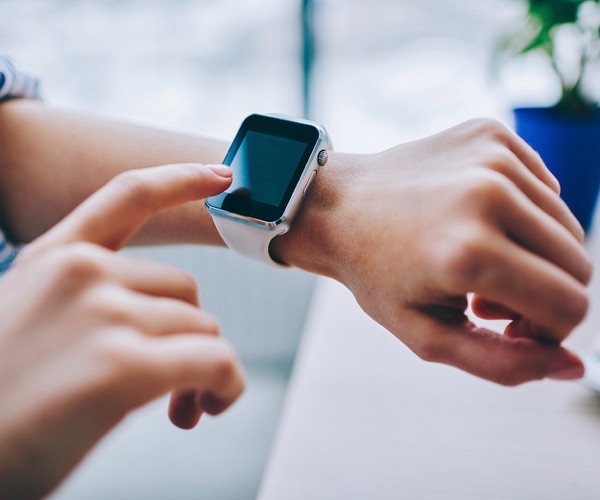
New data revealed that the North American wearables market hit $2 billion in the second quarter of 2019, with a 38 percent increase year-over-year.
Numbers from Canalys showed that the quarter’s growth was led by Apple and Samsung, which had 32 percent and 121 percent growth, respectively, at 2.9 million and 800,000 units. Fitbit held on to its No. 2 position, despite showing a modest 18 percent growth and not shipping as many smartwatches as last year.
And while North America falls into second place in the wearables market in terms of units shipped (behind China), it is still the most valuable. In fact, in Q2 2019, more than 60 percent of Apple’s 4.7 million global watch shipments were into North America.
“Smartwatch vendors are increasingly getting nearer the bullseye — hitting the right price point in a way that spurs massive demand,” said Canalys research analyst Vincent Thielke in a press release. “With Samsung’s new Galaxy Watch branding in place, and showing robust performance, the company has moved to cultivate a fitness-focused line-up with the Galaxy Watch Active series, with prices between $200 and $300. Packing features into a compact form factor that has an appealing design is challenging but rewarding. Samsung most recently showcased these capabilities with its latest Watch Active 2 series, though other vendors are close behind.”
As for Fitbit, it’s Versa Lite wasn’t as popular with consumers.
“There is certainly demand for affordable smartwatches with strong health and other intelligent features,” explained Thielke. “But Fitbit’s misstep with the Versa Lite shows that consumers will shun overly pared-down smartwatches if they are not appropriately targeted, and especially when it’s obvious they are losing functionality.”
Jason Low, senior analyst, added that companies are now in a race to offer LTE connectivity for their smartwatches.
“… it is becoming increasingly difficult to challenge Apple, which has been laying robust groundwork for cellular-connected devices,” he said. “Apple is poised to reinforce its leading position by including aggregated health data, which can reveal new trends and insights, both for consumers and the broader healthcare ecosystem.”